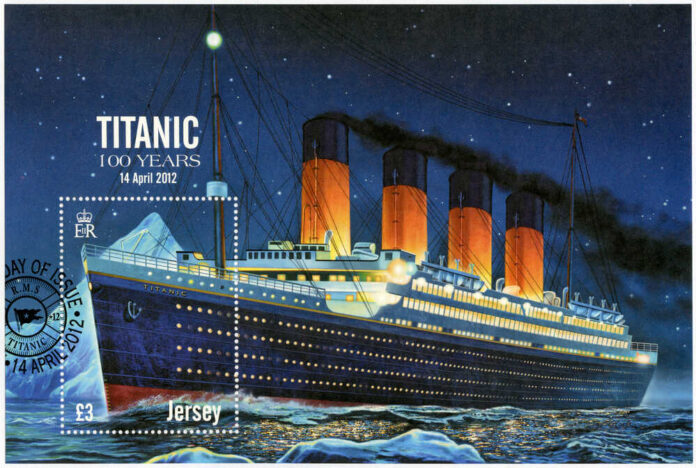A strange package was discovered on a beach in the United Kingdom in early March, and the circumstances surrounding its discovery are shrouded in mystery.
A jumble of grimy rubber sheets washes ashore on the edge of Scotland’s Keiss Beach, close to John O’Groats. Because the distinctive webbed design on each sheet resembles a bale found in Dunnet Beach in 2019, the mystery bundle is thought to be connected to the Titanic catastrophe.
Approximately 1,500 people, including passengers and crew, perished when the luxurious British passenger liner went down while making her first journey from Southampton to New York City.
According to conservator Steve Trewhella of Cornwall, these may have originated from the ill-fated ship that went down in April of 1912. The sheets are made of gutta-percha, a solid latex that resembles rubber. In the late nineteenth and early twentieth centuries, it served both residential and commercial uses.
The gum-percha tree (Palaquium or Payena) is a source of natural rubber. Dental care is one of several fields that use this coagulated, purified latex. Because of its rubber-like qualities, gutta-percha can be heated and molded to close the root canal area efficiently, making it a popular dental material for root canal treatment. Because of their nature, the gutta-percha tips may be seen on an X-ray. This is crucial for endodontists because it shows them exactly how much of the cavity the gutta-percha tip has sealed and how much it has filled. The substance has a stellar reputation for being radiopacity, hypoallergenic, and low toxicity.
According to Mr. Trewhella, the gutta-percha bundling on Keiss Beach could have even originated from the Titanic. It was quite popular a century ago, and the preserved records show that the Titanic had gutta-percha on board when she went down in 1912. The bales might have originated from that ship. As the coast of Newfoundland runs across the crash site, a great deal of debris ends up drifting to the UK.


















